This species originates in Thailand, Malaysia, and the Indonesian islands of Sumatra and Borneo. They prefer acidic water found in lowland swamps near the sea. Some pearl gouramis have been introduced to Singapore and Colombia. It’s rare to find wild pearl gouramis for sale as aquarium fish as they are readily bred in captivity.
The International Union for Conservation of Nature (IUCN) Red List of Threatened Species lists the status of this species as Near Threatened due to damming of rivers and water management use, modifications of its natural ecosystems due to logging, and direct harvesting of the wild populations of this fish.1
Colors and Markings
Like others in its family, the body shape is elongated and laterally compressed. The ventral (pelvic) fins are long and thin, and they have the appearance of long feelers, as suggested by the Genus name Trichopodus, which means “hair-feet.” The mouth is small and upturned, indicating that they often feed at the surface of the water. Pearly spots on a brown background covering the body give it a mother-of-pearl appearance, from which it derives its name. A horizontal black line runs from the mouth, across the eye, to the tail, where it ends in a spot. They exhibit orange coloring on the ventral head, which becomes much brighter at breeding time and is used to attract a mate.
Tankmates
Pearl gourami are generally peaceful fish that do well in a large community aquarium; however, avoid keeping them with overly aggressive tankmates. There are a few exceptions to this rule: the males, in particular, may become aggressive to others of the same species (or other gouramis in general). It is best to keep these fish with other species of about the same size and temperament; they can also live happily with other small schooling fish. If you are keeping several pearl gouramis, a good grouping includes one male and several females.
Pearl Gourami Habitat and Care
Accustomed to heavy vegetation in their natural habitat, pearl gouramis will thrive if given similar conditions in the aquarium. Floating plants, subdued lighting, and a dark substrate are ideal. Although they prefer soft, acidic water, they are adaptable to a range of water conditions. This adaptability and their peaceful nature make them well suited to community aquariums.
Pearl Gourami Diet and Feeding
Pearl gouramis will accept many foods and are generally quite easy to feed. Flake, freeze-dried, and frozen foods are all readily taken. For optimum health, occasionally offer fresh vegetables such as romaine lettuce, cooked peas, and spinach as part of a varied diet. Live foods such as blackworms, brine shrimp, and glass worms are a good treat and should be used when conditioning fish for breeding.
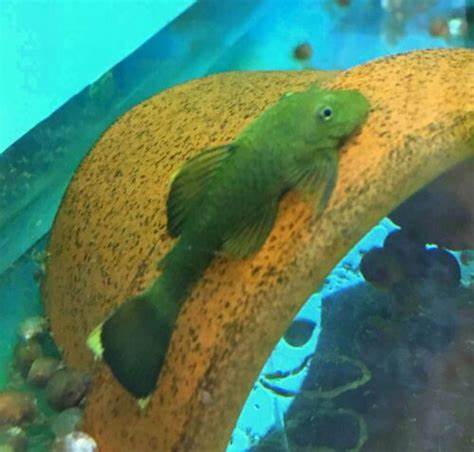
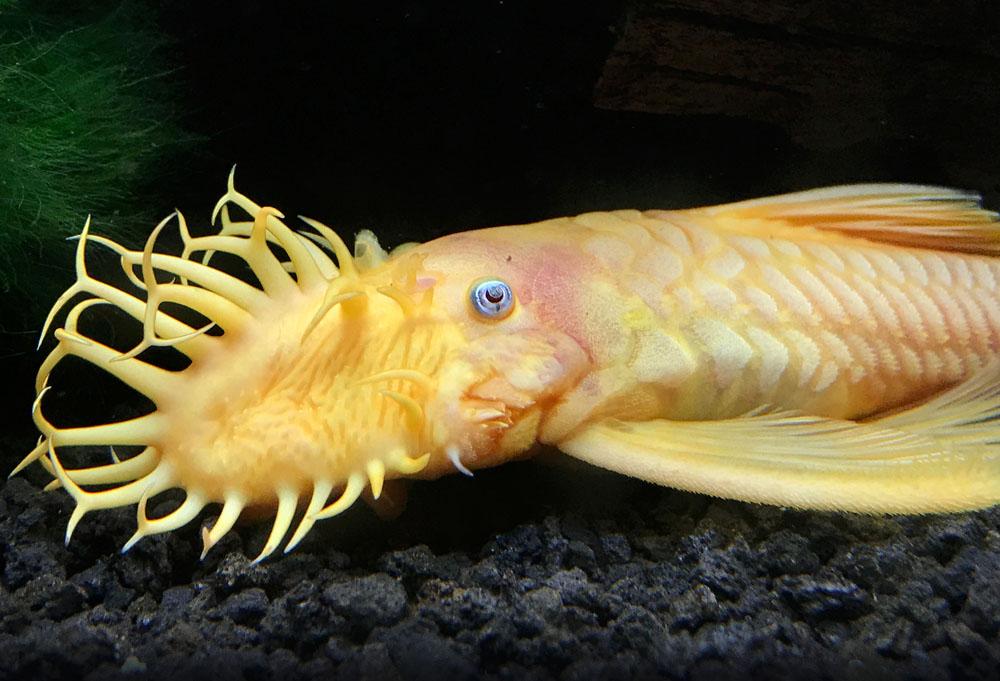

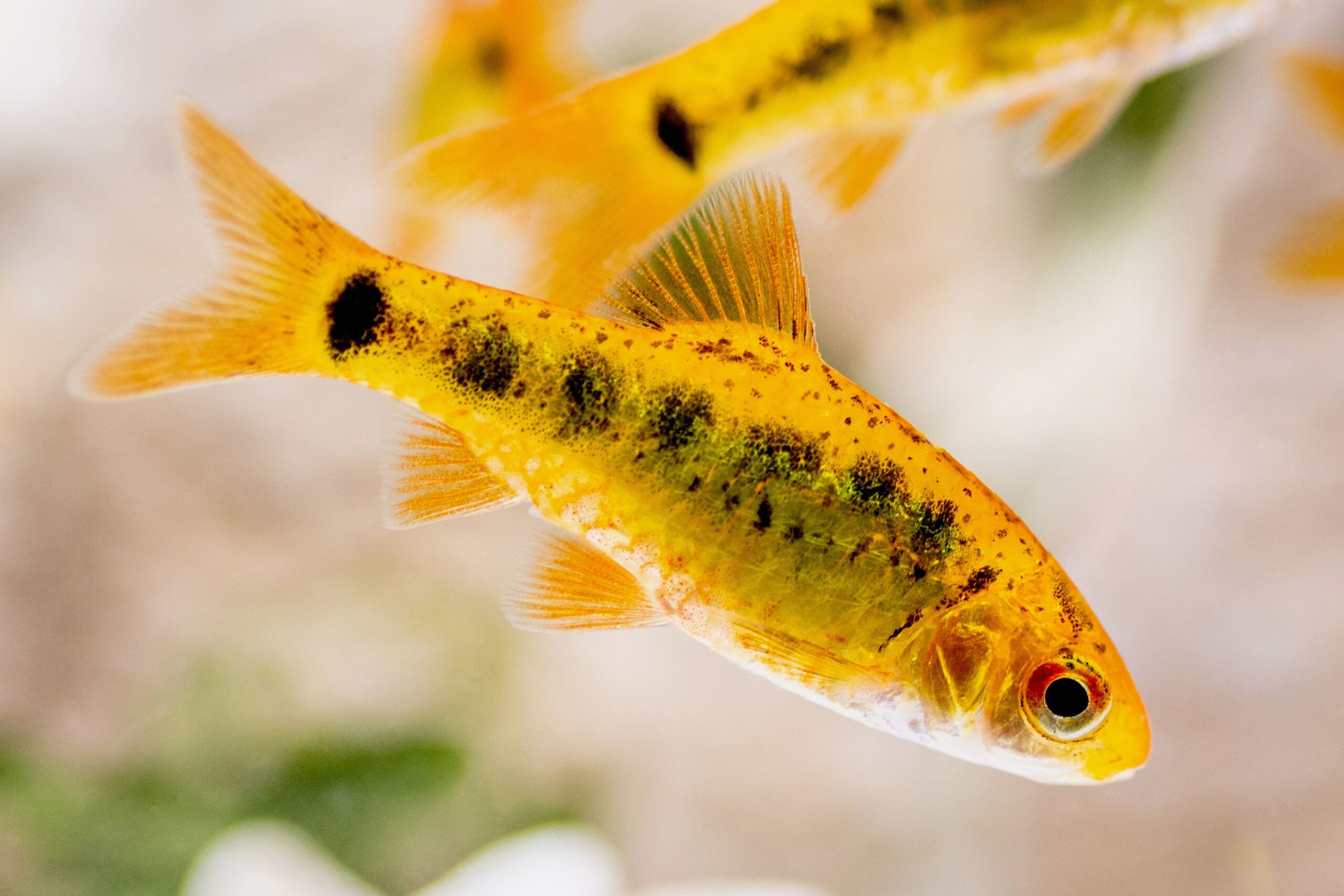
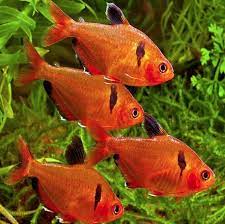
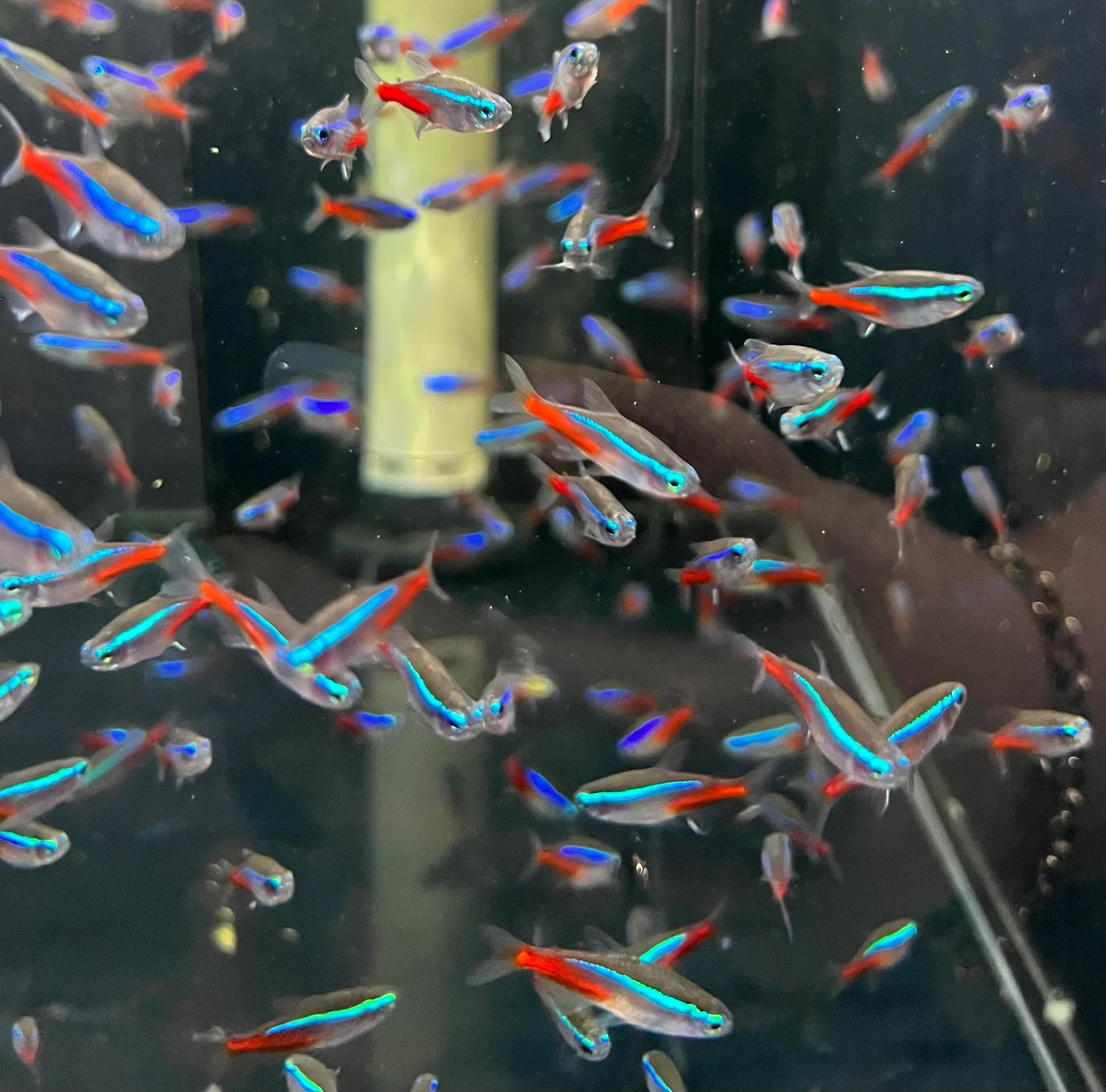
Reviews
There are no reviews yet.